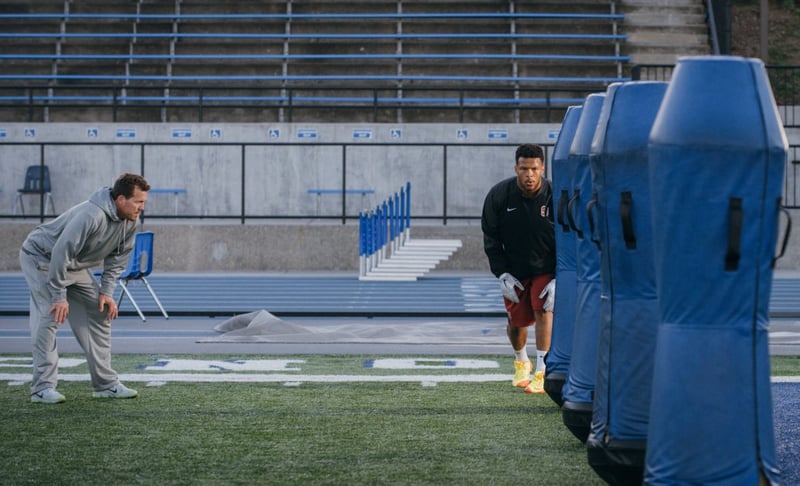
Recently many people in the sports performance field have been speaking out about the idea of the dying art of coaching. More and more domestic organizations are creating positions for Sport Scientists and High Performance Directors in attempt to replicate the international High Performance Model. While advances in sport science and technology can aide in monitoring training loads, identifying injury risks, and creating evidence based programs, we must not forget about the most imperative variable of a successful training program: Relationships.
Coaching has two main components: Tactical and Emotional. In the book Switch: How to Change Things When Change is Hard written by brothers Chip and Dan Heath, they argue that “our minds are ruled by two different systems—the rational mind and the emotional mind—that compete for control.” The metaphors they use are the Rider (the rational mind) and the Elephant (the emotional mind). In order to make changes, one must both direct the Rider and motivate the Elephant.
The Rider needs clear and specific instructions on WHAT needs to be accomplished. This is the Tactical component to coaching: bracing during a deadlift, setting a shin angle, or holding on to a good posture. This is the area most sports performance professionals, especially young coaches, focus on. While we agree competency in this tactical area is crucial, because these concepts consist of just content, we would argue they are the easiest to master. Mastering content takes time, however the more experienced a coaching staff is, the less time should be spent on the Tactical side.
Simply knowing WHAT needs to be done doesn’t always get the Elephant moving in the right direction. Relationships and trust must be built in order for the athlete to have an emotional connection. Challenging questions and uncomfortable conversations are crucial pieces of emotional intelligence and building trust. While there is no exact science to building a trusting relationship, the one constant we have seen across all great relationships, is time.
The most precious value within any organization or individual is time, and all other pursuits are simply a degree removed from such a central metric. Technology should simplify and allow your organization more TIME to focus on what matters: athletes as people not as data points. We may have a unique perspective as we are both a training facility and a software company, this unique perspective allows Coaches and Computer Engineers to work together toward the same goal of increasing athletic resiliency.
Technology and data should not be viewed as replacements to expertise, experience, and coaching. Rather they should be used to more efficiently find best methods of intervention and ease implementation. For example creating reusable templates with intent focus needs should save countless hours previously spent in Excel writing and editing programs. Something as simple as recording your athletes bodyweight should not be a time consuming task. If advances in sports science technology are causing you and your staff to spend MORE time in front of a computer screen, you’re doing it wrong.
Tactical education is important, but at the end of the day – it is just content
Tech should allow you to simplify and spend more TIME with your athletes
Creating trust, relationships, and an emotional connection is the key to success